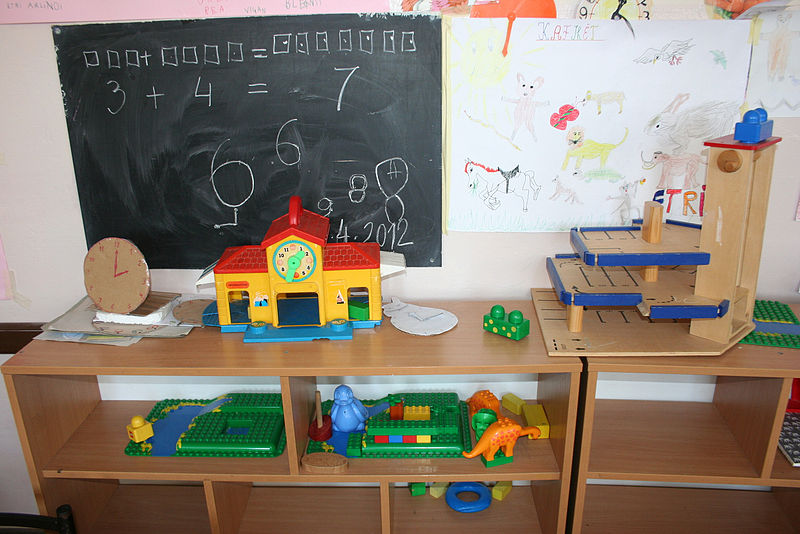As the winter sets in and the days get colder, the home schooler may wonder how to keep the kids busy indoors. In reality, while it may not be as exciting to spend the entire day inside, there are still plenty of things to do indoors to educate children. Here are a few suggestions to start out the window.
* Make fairy wings and learn about fairies.
* Create a family artwork on a large canvas or work on a mosaic together that you could put on the front of the house.
* Print coloring sheets online and let the younger kids color and learn their colors this way.
* Make a robot out of cardboard boxes.
* Make a treasure map and tie this into reading a book about pirates.
* Make boats out of milk bottle lids, a straw for the mast and paper for the sail and learn about boats
* Make sock puppets
* Make a long paperclip chain





